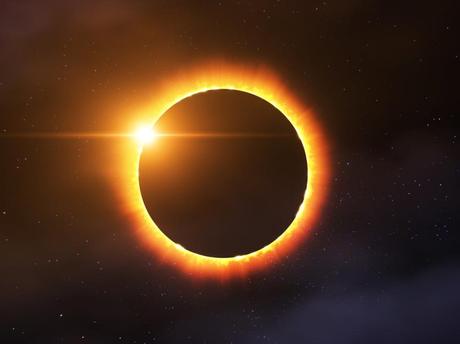
In four weeks, on April 8, 2024, a total solar eclipse will sweep across North America, providing an astronomical experience in many attractive locations.
Only a tiny fraction of humanity has ever witnessed a total solar eclipse - but tens of millions of people will be able to experience one as the 'path of totality' moves from the Pacific to the Atlantic over the course of that magical Monday .
Here's what you need to know about why you need to see it and where to go.
What happens during a total solar eclipse?
The greatest show on earth comes courtesy of the lifeless moon. Normally, the spinning moon clump just provides Earth with tides, moonlight and a place to aim space rockets. But about once a year, the natural satellite aligns with the sun and, thanks to a geometric miracle, erases the center of the solar system, causing a total solar eclipse.
"Although the moon is 400 times smaller than the sun, it is also about 400 times closer to Earth than the sun," says NASA. "This means that from Earth, the moon and sun appear to be about the same size in the sky."
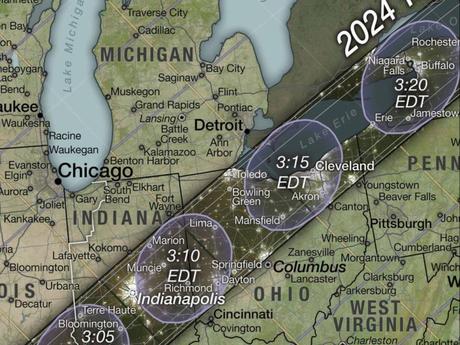
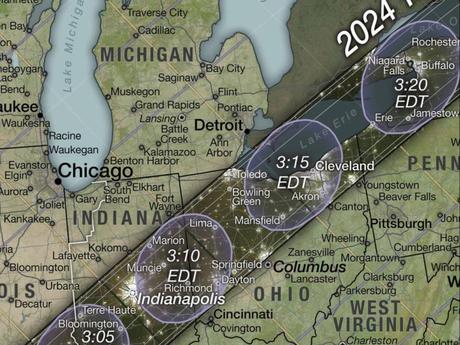
A narrow band marking the 'path of totality' cuts an arc of darkness across the surface of our planet. If you are somewhere on that line at the predicted time and you have clear skies, the experience will be a lifelong memory.
The closer you are to the center of the path of totality, the longer the total solar eclipse will last.
What's so fun about seeing a solar eclipse?
After a warm-up lasting more than an hour, during which the moon steadily nibbles on the surface of the sun, you suddenly experience totality. The stars and planets appear in the middle of the day. The air cools.
To testify to the celestial similarity between our two most famous celestial bodies, faint diamonds known as Baily's beads peek out from behind the moon. They actually include the light of the sun passing through the lunar valleys.
A feast for the eyes - as long as you can see the moon eclipsing the sun and appreciate the mathematical perfection of nature in our corner of the Milky Way.
The story continues
Eclipses are completely predictable: we know the stripes that will appear on the Earth's surface in the next few decades. But the weather is not. The cloud cover that devastated the 1999 Cornish solar eclipse relegates a cosmological wonder to gloom.
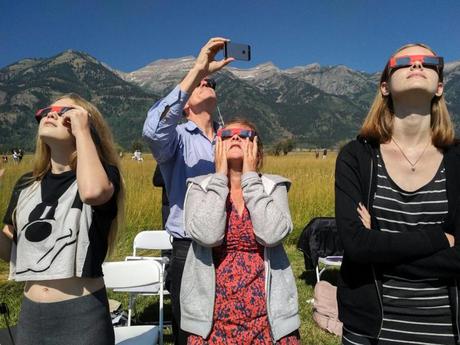
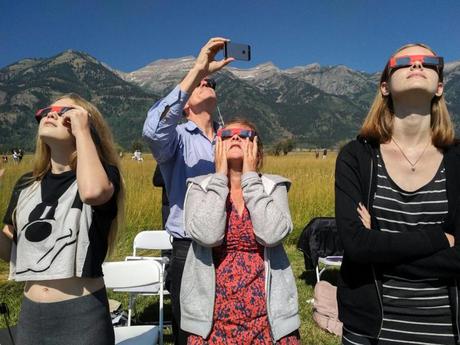
Where will the 2024 Great American Solar Eclipse be visible?
The path of totality makes landfall from the Pacific Ocean at Mazatlan on Mexico's Pacific coast and extends north to reach the U.S.-Mexico border at Piedras Negras.
The major Texas cities - San Antonio, Austin and Dallas - are at the ends of the path of totality; many citizens will likely drive to locations near the center of the line.
Arkansas will be an attractive place to view the eclipse, with both Texarkana (on the Texas border) and Little Rock within the path of totality.
In the Midwest, Indianapolis and Cleveland share the distinction of being fairly central to the path of totality. In New York State, Buffalo and Niagara Falls can be extremely attractive, although they are prone to cloudy skies in early April.
In Canada, Montreal is just being hit by the path of totality. The line then returns to the US and runs through northern Maine - which would be an excellent location if the weather was good. Then back to Canada's maritime provinces, with New Brunswick, Prince Edward Island and Newfoundland all in darkness.
I'd rather be in a more exciting city - will they have a partial eclipse?
Boston, New York and Chicago are among the major cities where a significant portion of the sun is washed out; but nothing compares to a total solar eclipse.
Astronomer Dr. John Mason, who has guided dozens of eclipse trips (and will do so again in 2024), sums up the difference between a 99.5 percent partial solar eclipse and a total solar eclipse as far apart as "a kiss on the cheek and a night of passion".
You must use special eclipse safety glasses or binoculars when viewing a partial solar eclipse or during the partial phases of a total solar eclipse.
Where should I go for the total experience?
There are no guarantees of clear skies: all you can do is play with the odds based on the record of cloud cover for the corresponding date in previous years.
Dr. Mason says the average expected cloud cover increases from about 40-45 percent on the Mexico-Texas border to more than 80 percent in Maine, New Brunswick and Newfoundland.
Three particularly tempting locations:
-
South Texas, close to San Antonio or Austin. Besides clear skies being more likely than not, access is easy with direct flights to Austin. Importantly, there is much to explore in the region before and after the eclipse, from Big Bend National Park on the Rio Grande to Space Center Houston - an excellent place to continue the cosmological theme.
-
Northern Arkansas a picturesque part of the state, with the added attraction of Memphis just a few hours away.
-
Niagara falls: It may be cloudy, but the natural environment is immaculate - and there is plenty of hotel accommodation. Additionally, access from Toronto is easy thanks to a direct two-hour train connection, eliminating the risk of serious traffic congestion on the highways.
If you are in a remote location, you may need a hotel close to the location. Almost as predictable as the solar eclipse is that traffic to and from the path of totality will be heavy on the nights of April 7-8, 2024.
Rooms are likely to be expensive; during the 2017 US solar eclipse, a mid-range hotel in Jackson, Wyoming, charged more than $1,000 for the crucial night before.
When are the next total solar eclipses?
The summer of 2026 - Wednesday, August 12 to be precise - should reveal a spectacular solar eclipse Northern Spain at the height of the European holiday season. The path of totality begins in the Arctic and crosses Greenland and Iceland before arriving in the northern half of Spain. The streak of darkness will cross the major cities of Bilbao, Zaragoza and Valencia in mainland Spain before arriving in Palma de Mallorca.
Next summer (August 2, 2027), the southern tip of mainland Spain will be in the path of totality for a solar eclipse that will spread across all of Spain. North Africa and the Arabian Peninsula From the Strait of Gibraltar eastward it will include Morocco, Algeria, Tunisia, Libya, Egypt, the northeasternmost corner of Sudan, Saudi Arabia and Yemen.
Just under twelve months later, on July 22, 2028, Inland Australia will be the place to be. A total solar eclipse will make landfall in northern Western Australia, extend across the Northern Territory and part of southwestern Queensland - and then move across New South Wales, with Sydney in the middle of the path of totality.
Winter clouds could disrupt the experience in Australia's largest city - and this is most likely in the southern part of New Zealand's South Island, where the eclipse reaches a finale.
Australia also appears in the cosmological plans for November 25, 2030. This is early summer in the Southern Hemisphere and likely good conditions for Namibia, Botswana and South Africa (Durban is on the path of totality) and South Australia.
